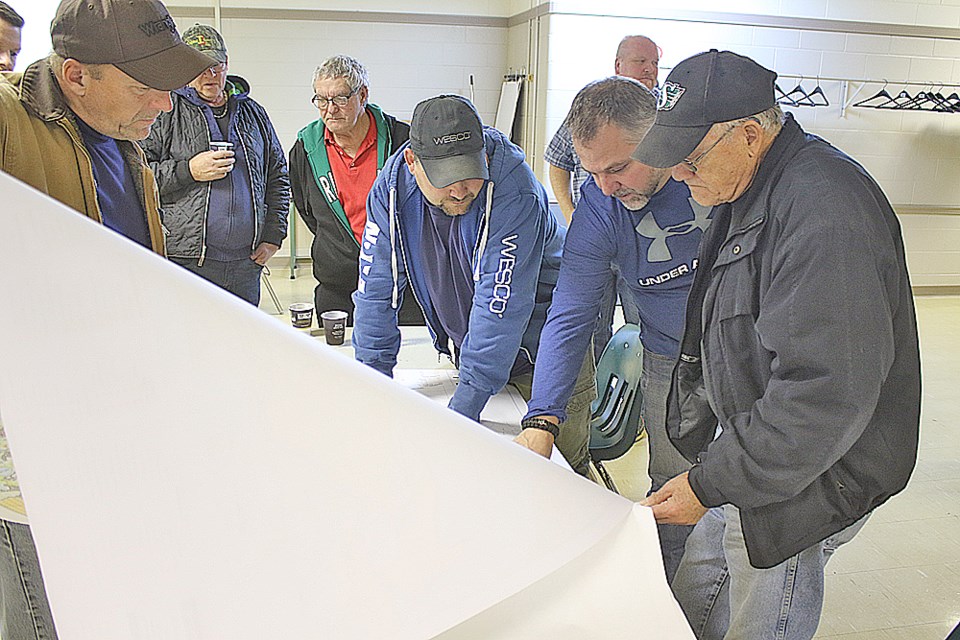Despite the lack of a softwood lumber agreement with the U.S. and uncertainty with NAFTA, the two forestry companies using the Pasquia Porcupine Forest Management Area are doing quite well this year.
While lumber prices are high due to tariffs, there’s a large demand in the U.S. for the product, said Doug Braybrook, a woodland manager with Edgewood, which runs a sawmill in Carrot River.
“We’re secure as a business so long as the U.S. economy stays strong, housing starts stay high, but we do have some risk if their economy cools and taxes stay high. Then it will be challenging for our business.”
Mike LeBlanc, an operations manager for Weyerhaeuser, which runs an OSB plant in Hudson Bay, said prices are high for his product and are looking to stay high for next year.
The Pasquia Porcupine Forest goes from around Crooked River in the west, the Hudson Bay region in the east and around Highway #55 in the north. The two forestry companies held meetings about the management of the forest in Porcupine Plain Oct. 25, Tisdale Oct. 30, Hudson Bay Nov. 1 and Carrot River Nov. 2.
The sawmill recently installed a new saw line, which is now resulting in record production. Production is expected to further increase by 16 per cent next year. It’s now looking for ways to dispose of sawdust, as the beehive burner must be decommissioned. The OSB plant installed an $8 million piece of equipment.
“What it does it takes the fine materials that comes from stranding the logs, stuff that would have gone to the landfill and now we’re able to incorporate that into the centre of the boards for certain kinds of products,” LeBlanc said. “It reduces the wood we have to harvest and it reduces the amount of stuff we have to take to the landfill.”
Out in the forest, the harvest for Edgewood, which happens over the winter, is beginning. As for Weyerhaeuser, a wet summer last year hurt their harvest, but the mill got enough wood for the year, supplemented with wood harvested during the winter.
Edgewood is looking at having their mill accept different log lengths than the standard 108-inch log they use. The idea is that would increase productivity out in the field. Braybrook said that’s in the trial stage.
Weyerhaeuser was part of a Saskatchewan Bird Breeding Atlas project with Bird Studies Canada. They installed recorders at certain points of the forest to collect bird calls. Over the winter, the data will be used to determine which birds are using the forest, when they are around and what areas they’re using for breeding habitat.
The forest companies are trying to balance how they close their forestry roads. They close them down to protect their investment during muddy seasons, but hunters and others use the roads to access new areas.
“We think if we can give some notification ahead of time that we’re going to be closing roads, that will help eliminate some of the conflict,” LeBlanc said. The notification will be a sign at the beginning of the road.




